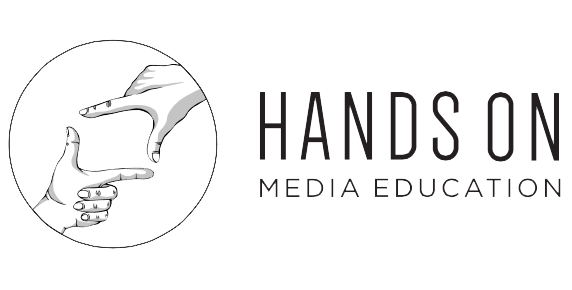Girls and women in digital media: from passive consumption to critical creation
Research has repeatedly shown that the quantity and quality of media representations of girls and women are staggeringly low. Female characters in film, video games, and all sorts of online content are often trivialized, sexualized, and stereotyped (when they do appear at all). There is evidence that these problematic media messages make it hard for girls to negotiate the transition to adulthood, as they take their cues from oversimplified and vapid representations of women on-screen.
How can adults—especially educators, teachers, and other influencers—give girls the skills and information to understand media representations critically and to develop a more holistic, healthy self-image as they transition through puberty and into adulthood? One way is to encourage girls and young women to become active creators of their own culture and representations by gaining access to the tools, technologies, and knowledge required to create (rather than simply consume) digital media products. As Rebekah Willett writes, “media, particularly new digital media, offer young people the chance to be powerful and to express their creativity as media producers. In this view, young people are doing important identity work—finding like-minded peers, exploring issues around gender, race, and sexuality; and defining themselves as experts within particular communities.”
Fun fact: our very own Jessie Curell, the brains behind Hands on Media, completed a Master's project at Ryerson University in which she conducted a cross-Canada tour teaching teenage girls about feminism, media literacy, and media production in 15 communities, all the way from Victoria to St. John's, in order to “empower girls to tell their own stories, be their own experts, think critically, develop positive friendships, and build skills.”
Jessie’s passion for introducing girls and young women to active, creative, and critical digital media production has borne an exciting new collaboration: Hands on Media will soon be partnering with Girls Art League to bring technological aptitude and artistic creativity together to educate and empower girls and young women through digital media creation and the visual arts. Stay tuned for more details on our fruitful collaboration!
The STEM industries (science, technology, engineering, and mathematics) and ICT sectors (information and communications technologies) have traditionally been stereotyped as distinctly “male” endeavors, so the stigma and lack of encouragement is already there for girls, even before they may have begun to explore their interests in (and aptitude for) digital creativity. This handy literature review notes that “gender and other stereotypes may lead women and girls to think that ICTs are reserved for men or for elites, or to doubt their ability to learn new skills, or participate in new activities or the public domain.” It’s incredibly important that we encourage and support our girls and young women, including transgender girls and women and genderqueer/gender non-conforming young people, to take the reins of contemporary communications technologies and create voices, images, and stories about themselves that reflect their own realities.
No skills education is complete, however, without the encouragement, context, and support required for girls to continually use those skills. Unfortunately, the online space remains an often unsafe one for women’s and girls’ voices: everything from trolling to cyberbullying to sexual harassment, “revenge porn”, and threats of rape and death remain a common experience for many women and girls who are active (and creative) in online spaces. Researchers have found that women receive twice as many death threats and threats of sexual violence online as men do. This unjust reality may result in girls and women ceasing to engage in digital content creation, despite the fact that they demonstrate an aptitude for, and interest in, digital tools. Teaching both boys and girls about constructive, respectful, and fruitful online discourse is paramount to curbing the cycle of sexist harassment that the anonymity of the internet has unfortunately engendered.
Whether students are using digital tools for the purpose of technological learning or creative expression, equity for and access to digital tools should reflect the diversity of experiences of the people who use them. We look forward to bringing our educators, students, and communities new learning opportunities for girls and young women in the digital space.

